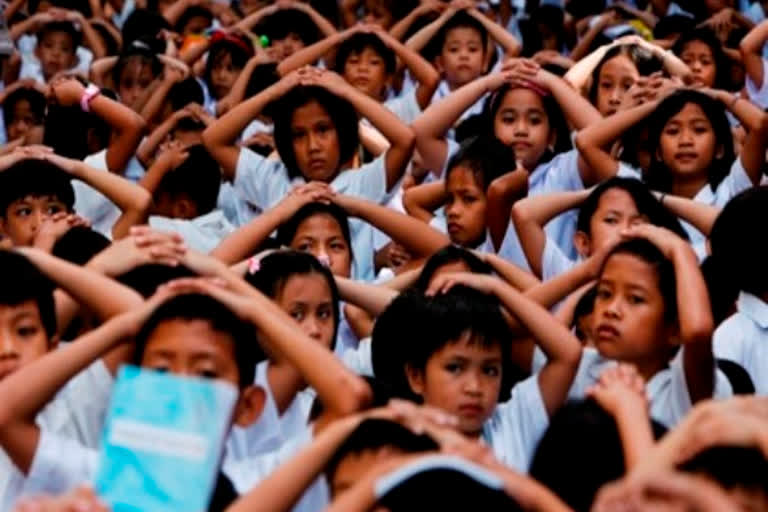New Delhi: The number of females per 1,000 males in India’s total population has risen from 991 females in 2015-16 (National Family Health Survey-4) to 1,020 in 2019-21 as per the fifth National Family Health Survey, said the Economic Survey, adding that the sex ratio at birth has also improved in the last five years, from 919 girls per 1,000 boys in 2015-16 to 929 girls per 1,000 boys in 2019-21 due to the government’s intervention such as Beti Bachao Beti Padhao (BBBP) scheme.
“To prevent gender biased sex selective elimination, to ensure survival and protection of the girl child, and to ensure education and participation of the girl child, government has made specific interventions through Beti Bachao Beti Padhao (BBBP) Scheme,” said the Economic Survey.
The Survey said as a result the sex ratio at birth for children has improve in all states in the last five years except for Himachal Pradesh, Bihar, Jharkhand, Chhattisgarh, Odisha, Maharashtra, Tamil Nadu, Kerala, Meghalaya, Goa and Nagaland.
For example, in Uttarakhand, sex ratio of children at birth improved significantly from 888 girls per 1,000 boys in 2015-16 to 984 girls per 1,000 boys in 2019-21. Similarly, in the national capital Delhi, this ratio improves from 812 girls per 1,000 boys in 2015-16 to 923 girls per 1,000 boys in 2019-21.
Also read: National Girl Child Day: Skewed sex ratio improved, now women outnumber men
But the survey also highlights some disturbing trends as the sex ratio at birth for children declined in progressive states like Kerala where it was more than 1,000 girls per 1,000 boys five years ago.
In Kerala, sex ratio of children at birth declined from 1,047 girls per 1,000 boys in 2015-16 to just 951 girls per 1,000 boys in 2019-21. Similarly, in Meghalaya, where this ratio was 1,009 girls per 1,000 boys in 2015-16, it has declined to 989 girls per 1,000 boys in 2019-21.
Fertility rate dips below replacement rate
Citing the latest official data from the National Family Health Survey-5, the Survey said that the Total Fertility Rate (TFR), an average number of children per woman, has further come down to 2 in 2019-21 from 2.2 in 2015-16.
“The total fertility rate has even come down below the replacement level of fertility (2.1 children per woman) in the country,” it said.
The Survey said that the replacement level of fertility has been achieved in all states and union territories except for Manipur, Meghalaya, Bihar, Jharkhand and Uttar Pradesh.
Also read: Amit Shah lauds PM Modi's schemes for daughters that revolutionized country's sex ratio
“Increasing use of contraceptives, especially the modern methods, better family planning, and girl education possibly have contributed to the decline in the fertility rates,” it said.
The use of family planning methods has increased from 53.5% in 2015-16 to 66.7% in 2019-21.



